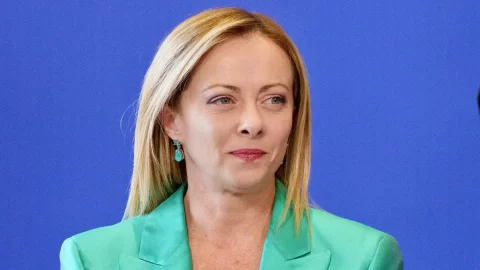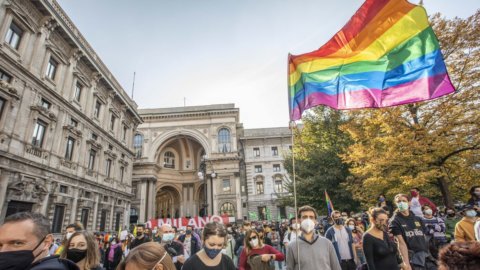It's not just Emmanuel Macron in his support for renewable sources. To relaunch the issue related to climate change on a global scale, there are also the experts of Task Force on Climate-related Financial Disclosures (TCFD). In the field just after the 2015 climate conference, they made themselves heard with a document to explain the financial risks related to climate change. And Paris is always the square from which these news come, after those of the French President on the blocking of gas and oil drilling. The Task Force created by the Financial Stability Board has released a text in which it explains the risks for finance and industry if polluting surges are not kept under control. Tips, and more, to warn investors of the mountain of venture capital.
Climate change impacts strategies and portfolios in such an incisive way that the 32 experts of the Parisian organization estimate the value of global climate risk at between 4.200 and 43 trillion dollars. From here to the end of the century. A broad fork with many variables, evidently.
Their work lasted a year and a half under the presidency of Michael Bloomberg involving dozens of bankers, managers, insurance companies. Assuming that climate risks weigh on energy supply chains around the world, the objective following "Paris 2015" is precisely that of safeguarding investments. One scenario to be evaluated with extreme attention is, in fact, the increase in CO2 emissions. Pollution of cities and vast areas that recur cyclically. Industries? Urban agglomerations? Means of transportation? A hodgepodge of agents whose negative peaks discourage shareholders and investors.
Besides hurting the planet, of course. Investing without certainty of effective strategies can be very risky, says the TCFD document. At the basis of the elaborations there are four strong and all shareable arguments: Corporate governance; Strategy on the effects of climate risk; Risk management; Metrics to weigh dangers and opportunities. In short, indications sufficient to guide medium-long term choices in sectors with high volatility. Moreover, we recall that the Task Force was created precisely to protect the world economy from climatic threats.
It is convincing to learn that in favor of the companies most exposed to the effects of CO2, the document resorts to resilience, to the managerial and managerial ability to adapt to the conditions of the environment in which they operate. Of course, we act amidst complicated laws and regulations, but in the end, behaviors must prevail. It is essential to have adequate governance and sensitivity. The objectives of containing polluting emissions at least up to 2030 have produced important results in the EU countries. Unknowns are, however, the order of the day and for this reason investors are cautious. Companies that manage mines, power plants and extraction platforms cannot compress their businesses without facing climate risks.
Un raising the carbon tax on CO2, as Nobel prize winner Joseph Stiglitz argues, it is one of the possible responses to the degradation and neglect of the environmental impact of production. It is not the only one capable of holding together investments, productivity and the transition to renewable sources. The increase in the planet's temperature is fought and the objectives of the UN Conferences of 2015 and 2016 (Paris and Marrakech) are firmly outlined. Just as the TCFD document has already had the support of Bank of America, Barclays, HSBC, ING, and a hundred other companies that together capitalize 11 trillion dollars. They are not just indications.




